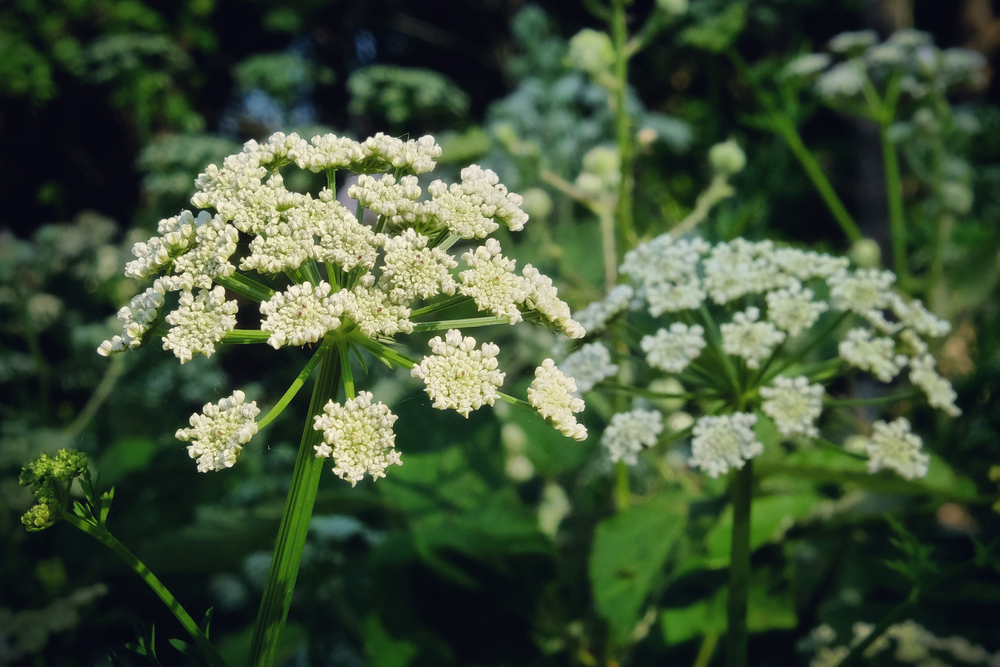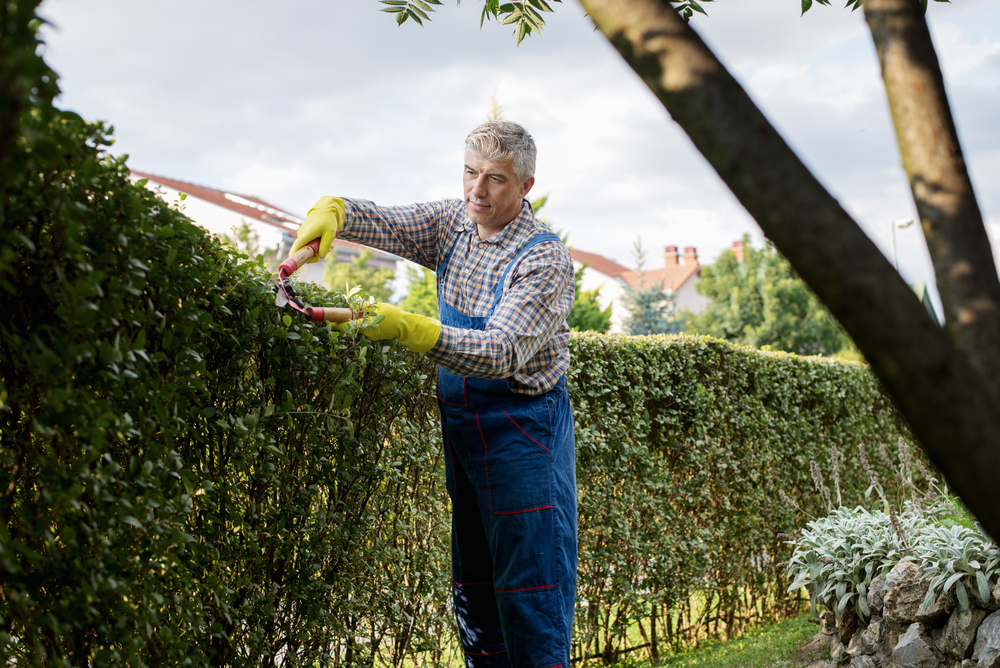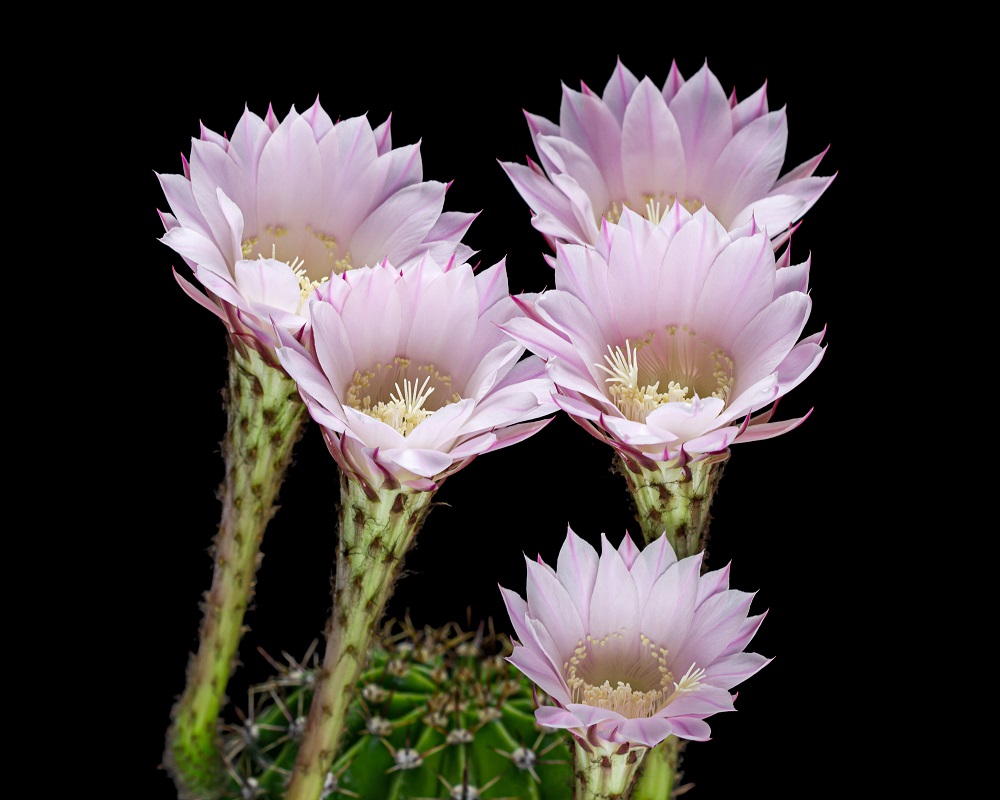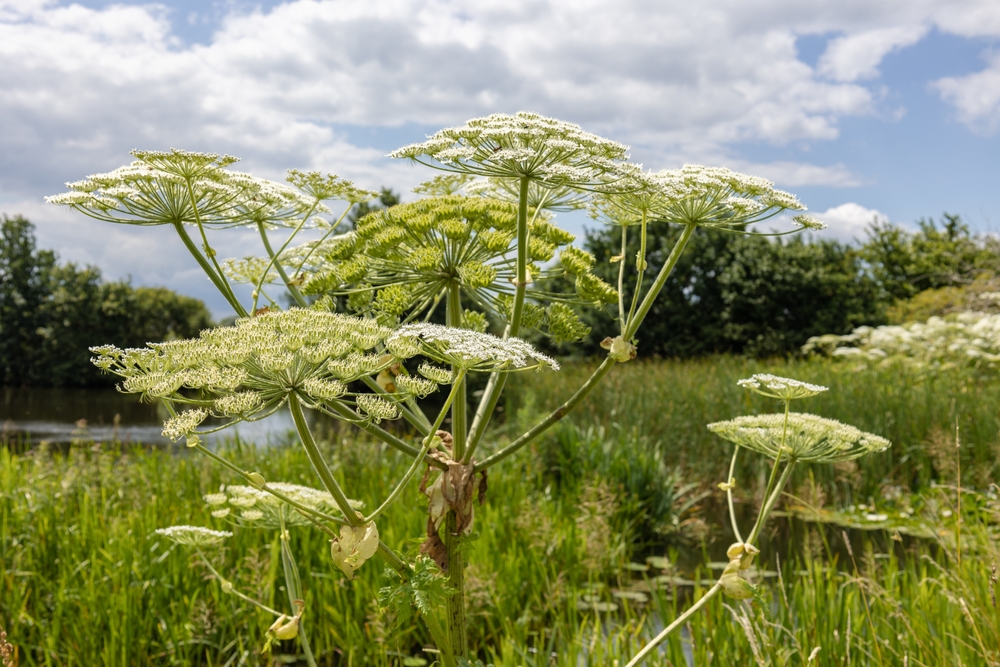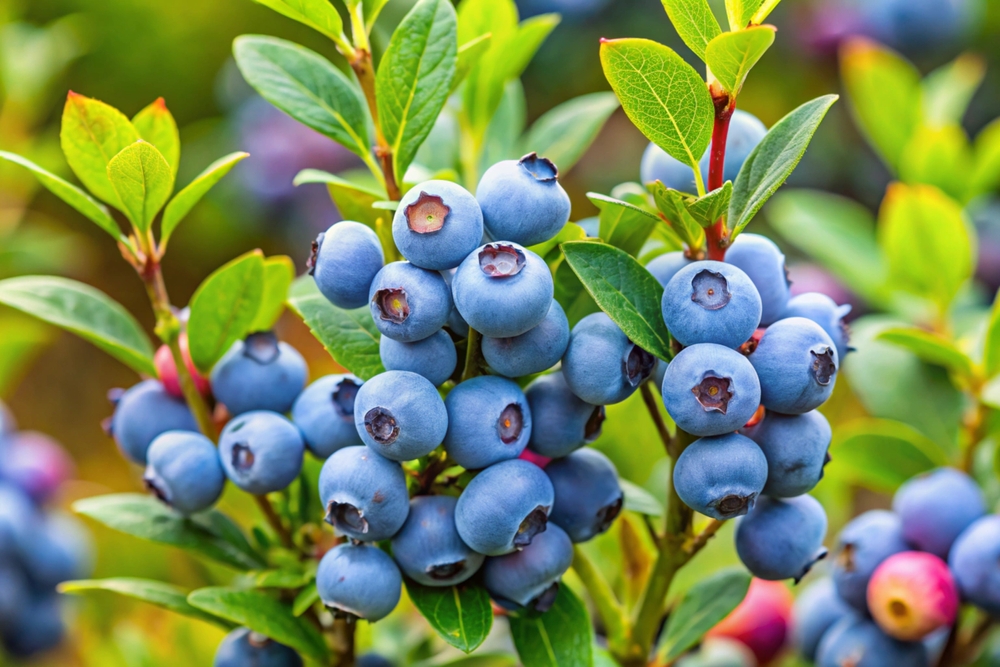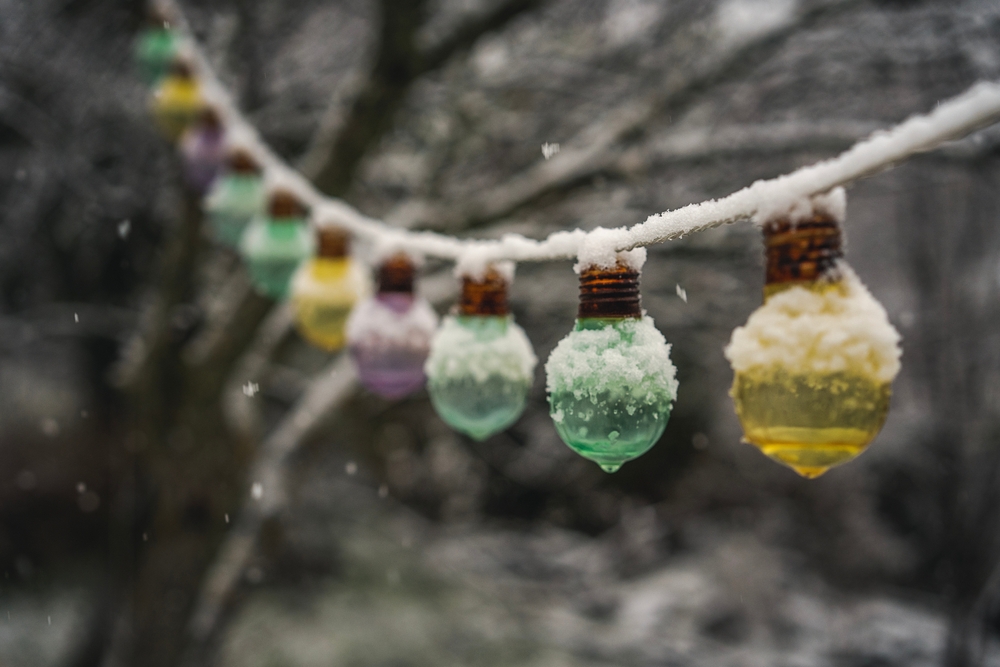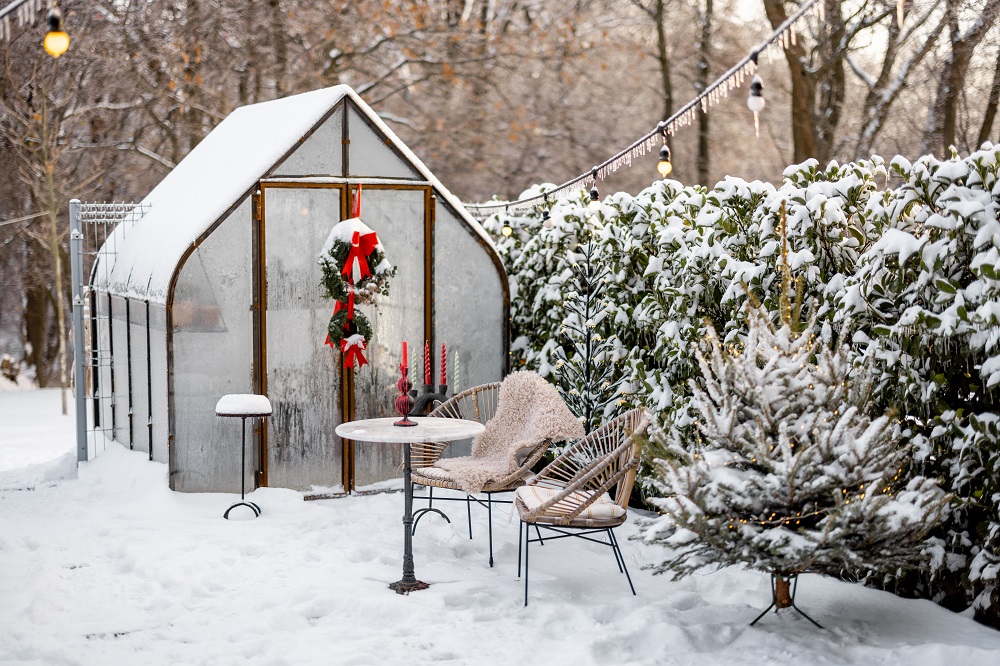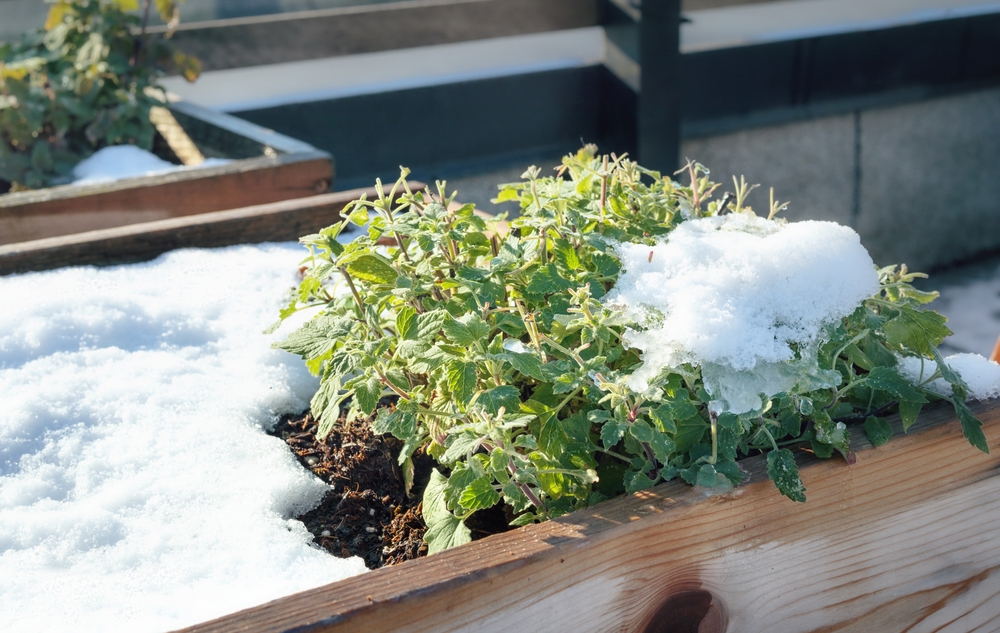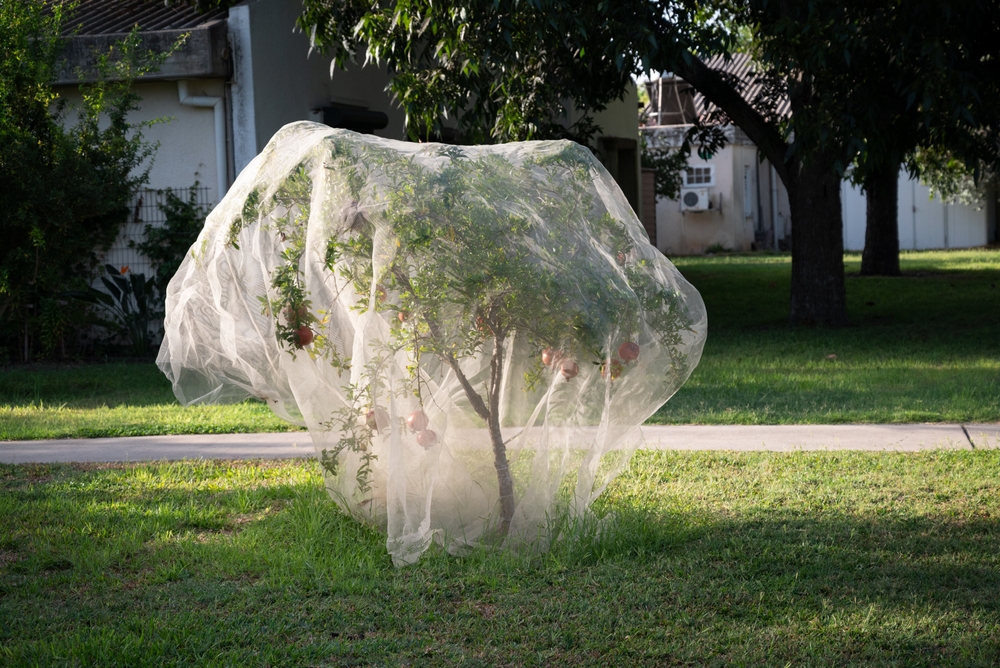Knowing how to properly clean your houseplants doesn’t happen overnight. Not only it will improve their overall appearance; it will also keep them healthy and happy. When plants accumulate a lot of dust, it might interfere with oxygen exchange and their ability to photosynthesize.
Removing the dust and debris from the foliage also assures that your plants get enough access to sunlight and keeps pests at bay. Today, we will share a series of tips (approved by Martha Stewart) on how to clean your houseplants.
First, I think we need to establish the right amount of frequency you should focus on when it comes to cleaning your plants. In our opinion, once a month should be more than enough, depending on how rapid dust accumulates in your own house.
You might have to clean them more often if you have pets or if your home doesn’t have the right airflow. If you want to keep your houseplants happy, you should aim to clean them right before or as soon as you notice a visible layer of dust.
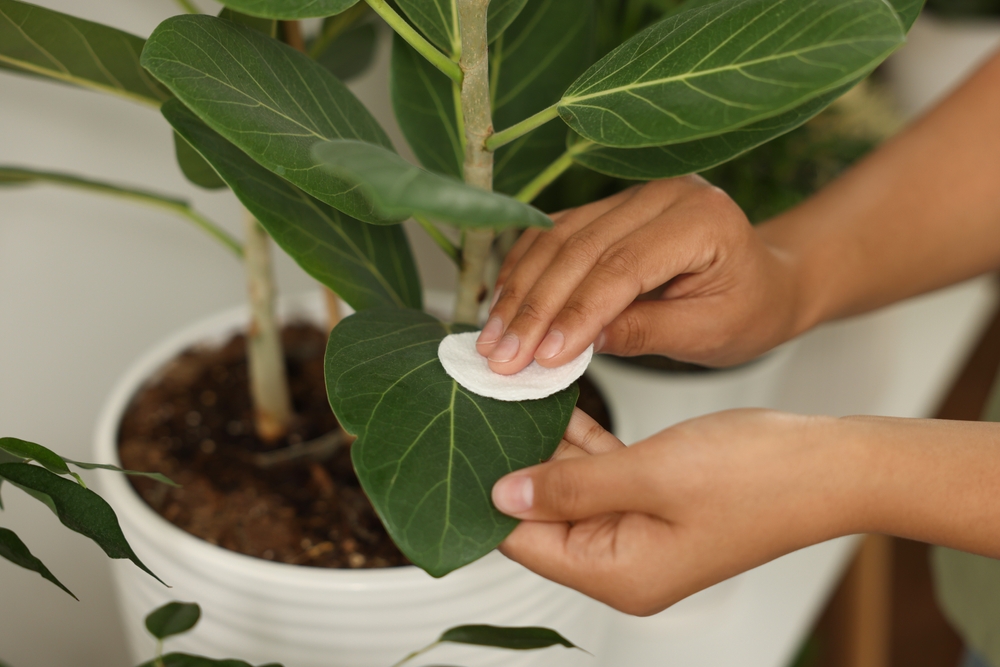
Do you clean them in the shower or not?
Well, as for the shower matter. Cleaning your houseplants in there is definitely recommended for larger plants. What you need to do is wrap the pot in a plastic bag, carefully tying it off around the trunk.
In fact, it’s much easier to reduce the mess this way, because you reduce the amount of potting mix that might spill out, and also reduce the amount of dripping that comes from the drainage holes.
Then, what you need to do is to run the water so it’s accustomed to your room temperature, then place the plant in the shower, turning it to make sure the spray of water gets to all leaf surfaces, such as the undersides. As soon as the plant is thoroughly rinsed, just shake it off, remove the bag, let it air dry, and then return it back to its home.
Martha Stewart’s tip: If you want to keep your plants looking super tidy, trim away any browned areas or broken edges with some scissors. The plant isn’t affected by the trim, and it really helps enhance its appearance. Orchids often need this type of treatment anyway.
How to clean the houseplants with a spray bottle
For smaller plants that don’t like the heavy waterfall that comes from the shower, you can simply use a spray bottle instead. Simply fill a spray bottle with some lukewarm water and mist the leaves as well as you can. Then, add a couple of drops of mild dish soap for stubborn dirt, but make sure you rinse well after. Just let the leaves air dry or wipe with a soft cloth.
How to clean the houseplants without any water
There are a couple of efficient ways in which you can clean your houseplants without using any water. For example, plants with hardy, shiny leaves should be wiped on boths sides of the leaves with a soft, damp cloth.
Make sure you avoid rough cloths that can easily scratch and also make sure you don’t pull or bend any fragile leaves. Another efficient way to clean the houseplants without using water is using a can of spray air, which also works like a charm for removing dust or other buildup from fuzzy leaves such as African Violet, Panda Plant, or even Moon Valley Pilea.
Spray air is also an effective method for removing all the dust and debris that might be trapped between cacti’ spines.
Martha Stewart’s tip: When you’re cleaning the plants with woolly leaves, it would be great to use a soft-bristled make-up brush and carefully dust each leaf. Avoid using rough-edge brushes, like the ones you would for food basting, because those bristles could be too aggressive and could ultimately damage your plant’s surface.
How to keep those houseplants clean for longer
If you want to keep your houseplants clean for longer, just reduce the amount of dust residing in your home. Make a habit of vacuuming regularly and dusting furniture and other surfaces that might host dust.
Besides, if you live somewhere with a lot of pollen or next to a gravelly road, make sure you keep your windows closed as much as you can, so you can reduce the amount of dust that enters your home. Promoting airflow would also help prevent dust buildup.
Should you use soapy water?
If water alone doesn’t seem to be enough, you can try a mixture of fully natural liquid soap and water. You can also dip a soft cloth in the soap and water solution and wipe the leaves gently, or you can lather your hands with the solution and apply it to the plant.
Then, clean both the top and the bottom of the plant’s leaves, and the undersides might help remove some potential plant pests. As soon as you complete this, carefully rinse the plant of the soapy mixture and shake off the excess water.

What about a mixture of vinegar and water or lemon juice and water?
Mixing some vinegar with water could also prove to be effective in eliminating residue buildup on the leaves. But, you should be careful not to overdo it. Start by mixing one teaspoon of vinegar with a gallon of water.
Then, dip a soft cloth in the mixture and gently apply it to your plants’ leaves. Bonus points: the vinegar scent is amazing at repelling pests or other curious pets. As an alternative to vinegar, you can also use lemon juice.
Lemon juice and vinegar act as a great acid and it helps dissolve mineral salts. Unlike the vinegar and water mixture, lemon juice and water won’t rid your plants of pests, but it will efficiently dissolve mineral deposits from hard tap water on your leaves.
Useful additives you can try
There are plenty of recommendations out there that also include adding a bit of dish soap or castile soap to your plant-cleaning solution. Technically, you could do this as long as you are extremely conservative with your dosing.
A couple of drops for a liter of water is definitely enough. As plain water generally does the trick when it comes to cleaning the leaves, there is always another option on hand: you can use a mild solution of water, and gentle soap for those spots that prove to be a bit more stubborn. But it’s still essential for plant owners to avoid any harsh chemicals because they might immensely damage the plant’s health.
Also, don’t forget to wipe the leaves with a water-dampened cloth right after you apply the soap solution and really get rid of the residue. As an alternative, you can use distilled white vinegar. Just dilute a small amount in the water, and you will get rid of any hard mineral deposits that might build up on the leaves.
There are also countless recipes that alsoinclude ingredients such as lemon juice and neem oil. Matter of fact, you can mix these with water, but make sure you’re being mindful about the dosing. Less than a teaspoon of any of these additives is preferred.
If you found this article useful, we also recommend checking Top Brilliant 10 Tips for Keeping Your Garden Green While Away

